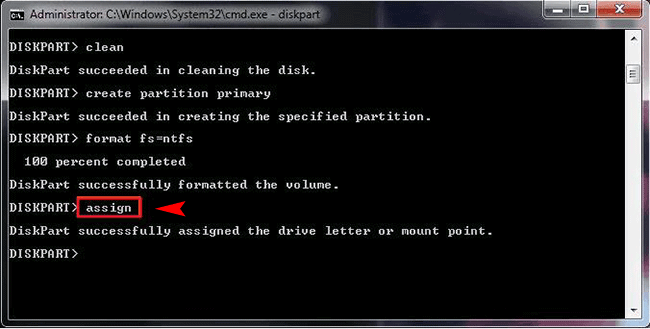
:max_bytes(150000):strip_icc()/001B-format-mac-drive-using-disk-utility-os-x-el-capitan-later-2260751-0860ad3f317a41de906bc99d092f5236.jpg)
Hit cmd + space to run Spotlight, type: terminal, and hit Enter. Connect the USB flash drive to your Mac computer. To format FAT32 on Mac with Terminal, follow the next steps: Again, create a backup before taking this action.

The command-line behavior does the same way to erase data with the Disk Utility. Wait for the process to complete, then you'll get an empty new USB flash drive with FAT32 as the file system. Choose the format as MS-DOS (FAT) for Format, Master Boot Record for Scheme. Select your USB flash drive on the sidebar, choose Erase. Go to Applications > Utilities > Double click and open Disk Utility. Connect the USB flash drive to your Mac computer. To format the USB drive to FAT32, follow the next steps: To format USB to FAT32 with Disk Utility will erase all data on the flash drive, so before you doing so, please do remember to check whether you have saved useful data to another secure device in advance.

Below are the detailed steps of the FAT32 format with both methods. So, if users anticipate using the flash drive with more than one operating system, they will definitely benefit from the FAT32 file system. For Apple Mac users, there are two ways to format a USB flash drive to FAT32, namely Disk Utility and Terminal command line.
#Mac os disk utility command line format mac os#
It's a universal format that is compatible with Mac OS X/macOS, Windows, Linux, and DOS systems. Compare with the other commonly used NTFS file system on a flash drive, FAT32 has a compatibility advantage across many operating systems.
#Mac os disk utility command line format how to#
How to Format a USB Flash Drive with Mac to FAT32Ĭomputer users who use a USB might have the demand for formatting it to the FAT32 file system. If you lost data due to formatting, run EaseUS file recovery software > Scan and recover formatted data. Full stepsĬonnect USB to Mac > Hit cmd + space keys > Type terminal and hit Enter. Connect USB to Mac > Go to Applications > Utilities > Disk Utility > Select USB and click "Erase".


 0 kommentar(er)
0 kommentar(er)
